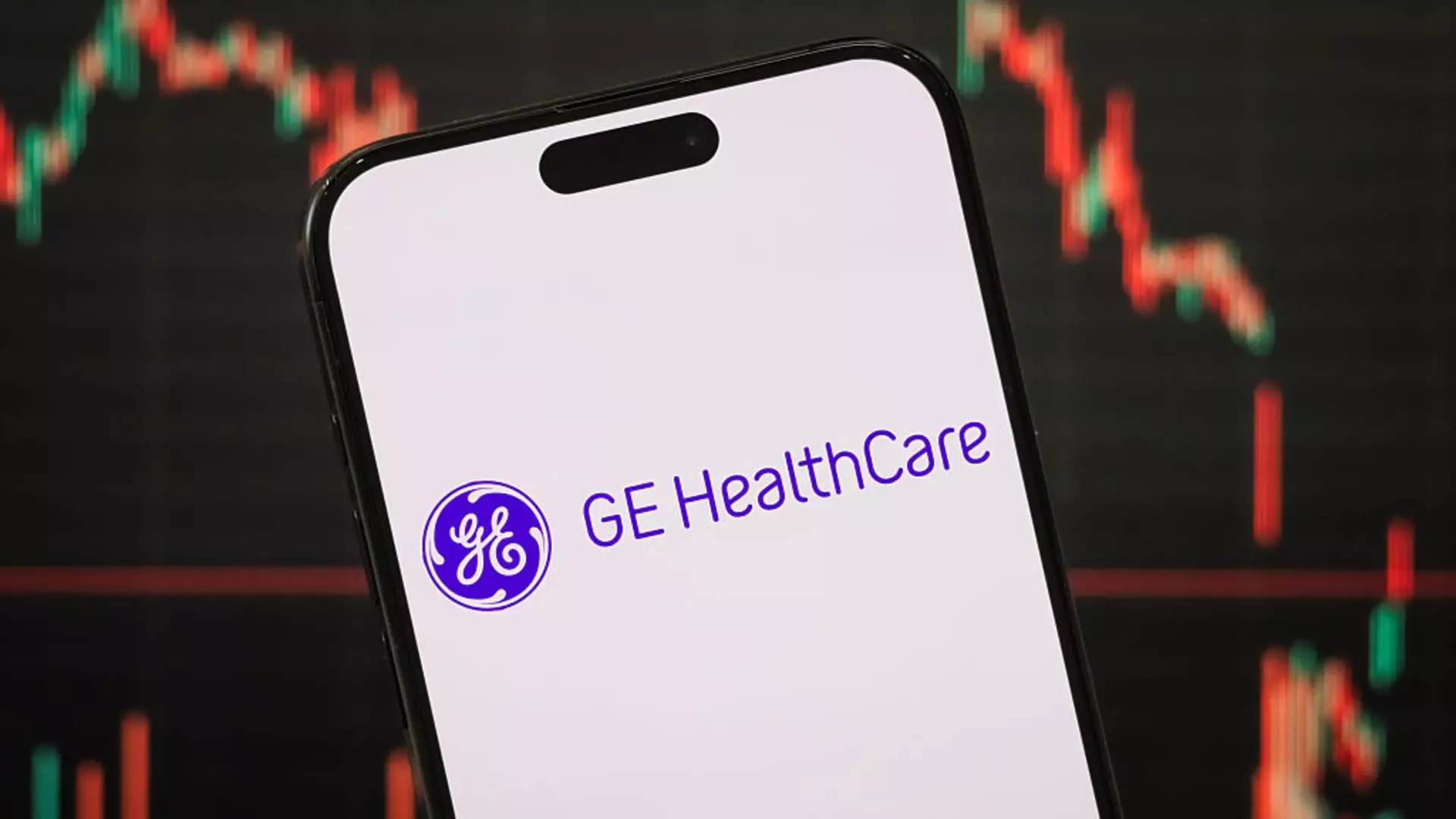As the first full week of earnings season approaches, there is a palpable sense of optimism among investors, fueled by forecasts suggesting a wave of positive quarterly results. Major banks like JPMorgan and Citigroup, alongside consumer giants such as PepsiCo and Netflix, are expected to showcase solid performance. Yet, beneath this surface-level confidence lies a dangerous complacency. Relying on earnings beats to propel markets higher is a fragile strategy, especially when investors appear less fearful — a trend highlighted by Goldman Sachs’ observation of reduced volatility expectations. With the options market pricing in just a 4.7% move on earnings days—well below historical norms—there’s a risk that this peace of mind could prove illusory. Market participants might be underestimating structural weaknesses or external shocks, making current complacency a ticking time bomb rather than a safeguard.
Selective Optimism Fosters Illusion of Market Resilience
Goldman Sachs’ focus on “out-of-consensus” stocks offers a skewed perspective. By highlighting opportunities like Permian Resources and State Street, the narrative shifts toward selective optimism rooted in specific sectors. Oil companies that have already surged—Permian Resources, for instance, climbing over 28% in three months—are perhaps riding a wave of short-term momentum rather than sustainable growth. This selective optimism can dangerously inflate expectations, creating an illusion that the entire market is robust and immune to correction. When multiple sectors are viewed through a narrowly positive lens, it obscures broader vulnerabilities, including inflation, geopolitical risks, or potential policy shifts that could undermine these gains.
Overreliance on Sector Outperformance Masks Broader Economic Signals
The enthusiasm around asset managers like State Street, which has gained 38% in three months, alongside healthcare firms like GE HealthCare, reveals a tendency to chase outperformers. While such stocks may indeed outperform in the near term, this pattern often signals a herd mentality that can lead to inflated valuations. It’s critical to recognize that these gains may be driven more by market sentiment than by underlying fundamentals. The optimism that these sectors will continue to outperform without considering macroeconomic headwinds—such as rising interest rates or currency fluctuations—demonstrates a disconnect from reality. Investors need to question whether these soaring stocks are genuinely resilient or merely beneficiaries of a short-term optimism bubble.
Risks of Rigid Market Assumptions and Underestimated Volatility
Analysts’ expectations of steadier volatility—an anticipated drop to the lowest in two years—are a potential red flag. Such forecasts might cause traders and investors to lower their guard, but history suggests that markets rarely remain calm for long without consequences. Elevated single-stock earnings volatility driven by their themes, like AI, tariffs, or policy shifts, could suddenly erupt, creating disorder in what is currently perceived as a stable environment. Underestimating these risks neglects the fact that markets are inherently unpredictable and susceptible to exogenous shocks. Clinging to the assumption that current trends will persist excessively increases the likelihood of abrupt downward corrections.
The Illusion of Perpetual Growth in a Shifting Economic Landscape
The optimism around companies like GE HealthCare, which is expected to beat earnings estimates thanks to market stability, might be overly optimistic. These expectations are based on assumptions—such as a strong U.S. imaging market and recovery in China—that could falter if unforeseen geopolitical or economic developments occur. There’s a dangerous presumption that current favorable trends will continue with little disruption. This ignores fundamental vulnerabilities, including geopolitical tensions, inflationary pressures, or policy missteps that could undermine growth forecasts. The validation of these stocks’ strength presumes a static environment, which is rarely the case, especially as the broader macroeconomic picture remains uncertain.
In sum, the current market narrative is overly reliant on a fragile veneer of optimism, buoyed by the belief that earnings results will sustain valuations. This perspective dismisses the inherent risks and overstates the resilience of select stocks and sectors. A more cautious and skeptical stance reveals that widespread complacency could turn into a costly fall when reality finally confronts these elevated expectations. Investors who fail to critically reassess this rosy outlook and recognize the lurking vulnerabilities risk being caught unprepared when the inevitable correction unfolds.


Leave a Reply